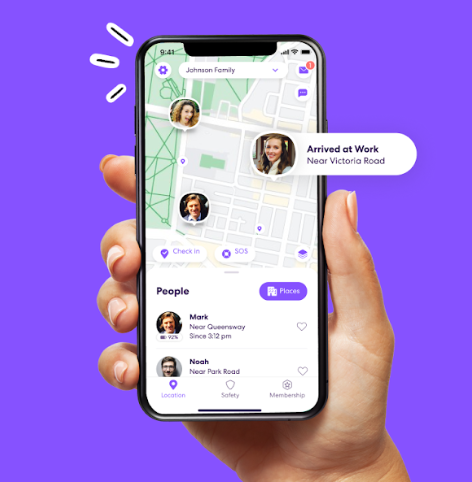Many devices, from computer software to handheld tablets, have been designed to help children with autism in their everyday tasks, but now a new method is quickly emerging from an unlikely source–the iPad.
According to the website for Autism Speaks, an organization that advocates autism research and awareness, a growing number of iPad apps can help teach communication and other important skills to children with autism and other spectrum disorders, which are related to autism but have differing symptoms. CHS does not currently use iPads, but may consider it for the future.
“Our students are motivated by technology, so there are a lot of possibilities with an iPad,” said Jenell King, a CHS Autism Program teacher.
Numerous apps are continually being developed that focus on teaching areas such as life skills, organization, language and sensory development. In one app, Autism Xpress, children match different faces to emotions, which helps them overcome problems expressing their feelings. Another app, Look In My Eyes, encourages eye contact by rewarding children when they look at the eyes of a character on the screen.
According to Autism Program teacher David Hall, the wide range of apps makes the iPad unique in that it has the ability to help a student with autism with a vast array of skills that could not previously be covered with just one device.
Other popular apps for autism, such as Proloquo2go and iConverse, are directed toward communication. These apps employ a technology known as the Picture Exchange Communication System (PECS). According to Autism Speaks, the PECS is a collection of symbols that represent certain actions or words. These pictures can be strung together to form sentences to communicate with others.
“Some kids learn to read or they actually start to talk after they use the PECS because it teaches them the fundamentals of communication,” said Mona Zeiberg, a CHS parent whose son is in the Autism Program.
The CHS Autism Program currently uses devices called Go Talk and Chat PC, which also use the PECS for communication. Like certain iPad apps, these devices are customizable and allow students who are non-verbal or limited in speech to express themselves through a selection of pictures.
According to MCPS speech language pathologist Barbara Delsack, a member of InterACT, the MCPS program that supplies devices to classrooms, the iPad has the flexibility of holding a much larger vocabulary than any the current devices and would save the school system money in the long run.
However, some children and adults with autism may have trouble adjusting to new programs.
According to Zeiberg, it can be difficult teaching her son how to properly move the objects on the iPad screen, and one communication app proved unhelpful because of a distracting number of pictures on the same screen.
Although the extent to which iPad apps help individuals with autism can vary, many remain hopeful of prospective opportunities.
“Kids will be able to show us what they know,” Delsack said. “iPads will encourage a love of learning for kids with special needs.”







